22nd Feb 2023
John Jenkins Designs: Siege of Malta
The Great Siege of Malta occurred in 1565 when the Ottoman Empire attempted to conquer the Island of Malta, then held by the Knights Hospitaller.
The siege lasted nearly four months, from 18th May to 11th September 1565.
THE KNIGHTS OF THE ORDER OF ST. JOHN OF JERUSALEM.
The Order of the Knights of the Hospital of Saint John of Jerusalem, was commonly known as the Knights Hospitaller, which arose in the 12th Century during the height of the Cluniac movement a reformist movement within the Benedictine monastic order that sought to strengthen religious devotion and charity for the poor.
Earlier in the 11th Century merchants from Amalfi founded a hospital in Jerusalem dedicated to John the Baptist to care for the sick, poor and injured pilgrims to the holy land. After the conquest of Jerusalem in 1099 during the first Crusade, a group of crusaders formed a religious order to support the hospital.
The organization became a military religious order under its own papal charter, charged with the care and defense of the holy land.
Following the conquest of the holy land by Islamic forces, the knights operated from Rhodes, over which they were sovereign, and later from Malta, where they administered a vassal state under the Spanish viceroy of Sicily.
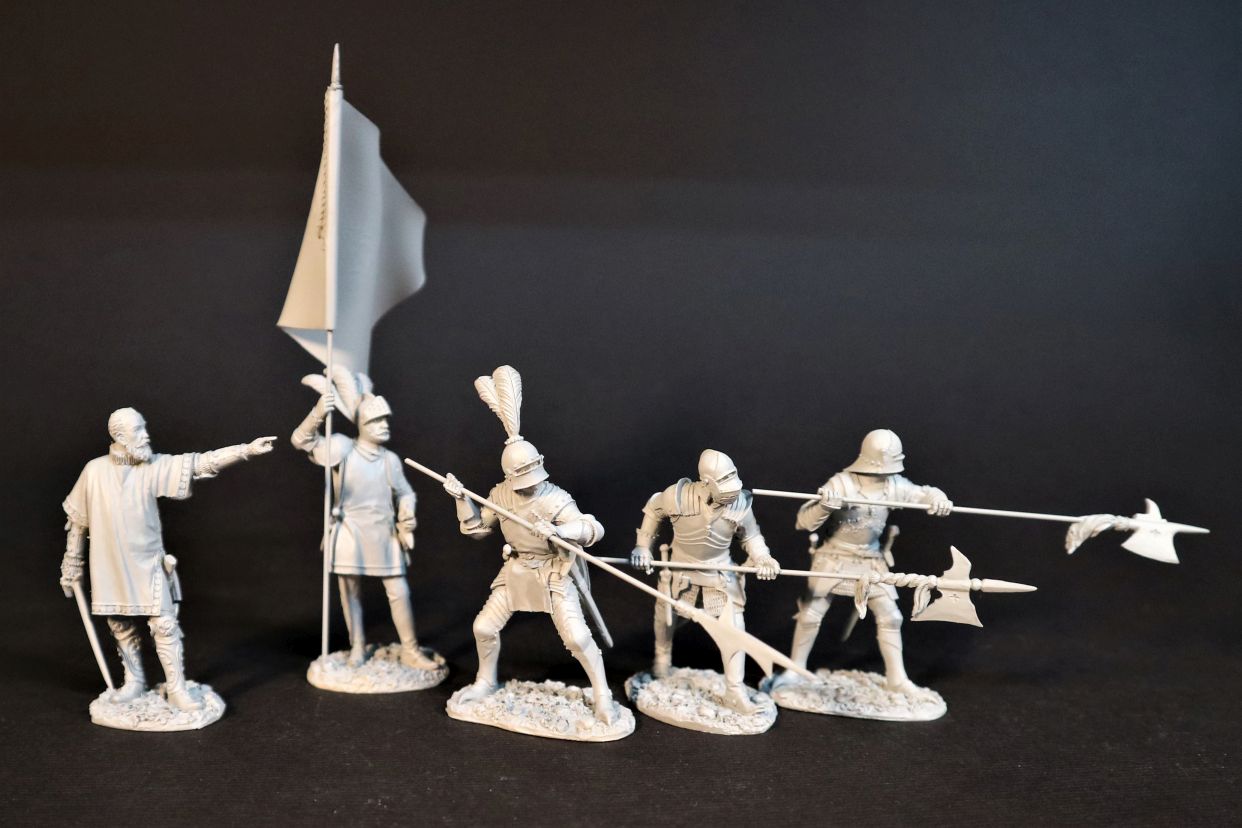
The Knights Hospitaller had been headquartered in Malta since 1530, after being driven out of Rhodes, also by the Ottomans, in 1522, following the Siege of Rhodes.
The Ottomans first attempted to take Malta in 1551 but failed. In 1565, Suleiman The Magnificent, the Ottoman Sultan, made a second attempt to take Malta.
The Knights, who numbered around 500 together with approximately 6,000 foot soldiers, withstood the siege and repelled the invaders. This victory became one of the most celebrated events of Sixteenth Century Europe, to the point that Voltaire said,
“Nothing is better known than the Siege of Malta”.
It undoubtedly contributed to the eventual erosion of the European perception of Ottoman invincibility, although the Mediterranean continued to be contested between Christian coalitions and the Muslim Turks for many years.
JEAN PARISOT de LA VALETTE, GRAND MASTER OF THE ORDER OF ST. JOHN OF JERUSALEM, OF RHODES AND OF MALTA.
Jean “Parisot” de la Valette (4th February 1495 – 21st August 1568) was a French nobleman and the 49th Grand Master of the Order of Malta. As a Knight Hospitaller, joining the order in the Langue de Provence, he fought with distinction against the Turks at Rhodes.
As Grand Master, Valette became the Order’s hero and most illustrious leader, commanding the resistance against the Ottomans at the Great Siege of Malta in 1565.
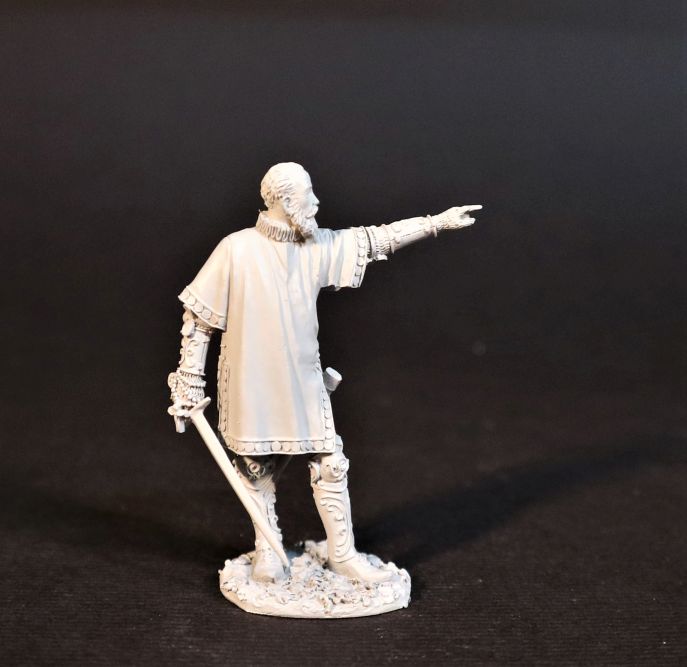
After the great siege, he commissioned the construction of the new city of Valetta in 1566, laying the first stone with his own hands. The city became known as the most aristocratic and exclusive fortress in Europe, and Valletta remains the Maltese capital to this day.
La Valette never saw the completed city, and died from a stroke on 21st August 1568.
His tomb can be found in the Crypt of the Conventual Church of the Order (now St. John’s C0-Cathedral) situated within the walls of Valletta. The inscription on his tomb, which was composed by his Latin Secretary, Sir Oliver Starkey, the last Knight of the English Langue at the time of the Great Siege, states in Latin,
Here lies La Valette.
Worthy of eternal honour,
He who was once the scourge of Africa and Asia,
And the shield of Europe,
Whence he expelled the barbarians by his Holy Arms,
Is the first to be buried in this beloved city,
Whose founder he was.
Jean de Valette, Grand Master of the Knights of Malta, had a key influence in the victory against the Ottomans with his example and his ability to encourage and hold people together. This example had a major impact, bringing together the Kings of Europe in an alliance against the previously seemingly invincible Ottomans. The result was the vast union of forces against the Ottomans at the Battle of Lepanto six years later.
Such was the gratitude of Europe for the Knights’ heroic defence that money soon began pouring into the island, allowing Valette to construct a fortified city, Valletta, with the intent to deny the position to any future enemies.

The flag and coat of arms of the sovereign military order of Malta, display a white cross on a red field, ultimately derived from the design worn by the Knights Hospitaller during the Crusades.
The banner of the Knights Hospitaller was introduced in 1130, on the order of Pope Innocent III, to distinguish them from the Templars who used the reverse colours.
In 1259 Pope Alexander IV made the white cross the design to be put on the mantling of the knights. After that the emblem was adopted as a general symbol for the Order.
When the Hospitallers moved to Cyprus in 1291, the banner of a white cross in a red field was flown from ships in their navy.


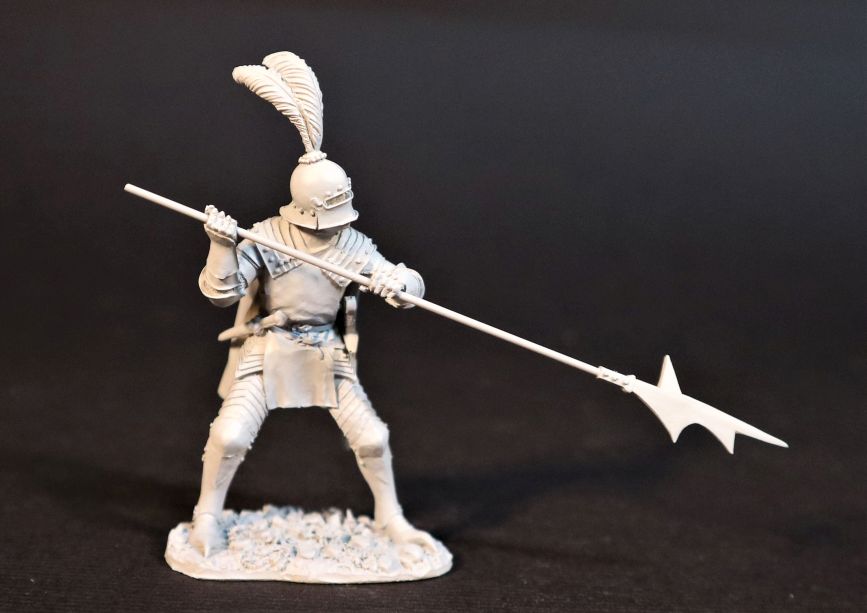
The core of the Malta Defenders’ force was the armoured knight, who were members of the Order of St. John. These were in many ways the counterparts of the Muslim Janissaries, proud, brave, unswervingly loyal and members of an Order which was under the protection of the Pope.
They were members of a religion, a religious order with full vows of poverty, chastity and obedience, but also trained as some of the finest fighting men of their day.
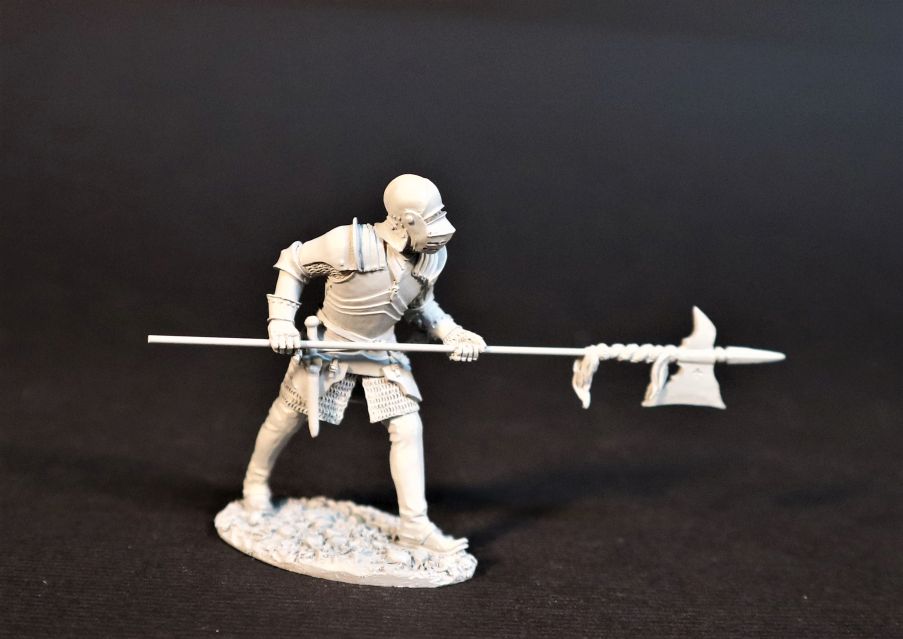
The Knights may have become sailors more than landsmen over the years, but this did not mean they changed their outward appearance. They still wore the full field armour that they would have worn for combat on land. The main reason for this was that naval warfare at this time chiefly consisted of closing with the enemy until one could grapple the other ship and then fight in the usual way, man to man.
Armour however had reached its apogee, with its clean lines, magnificent protection and only weighing about 100 pounds.
German armour was much lighter than the usual armour, being made of plates that gained their strength from being heavily fluted, so that any blow was deflected away from the body of the wearer.
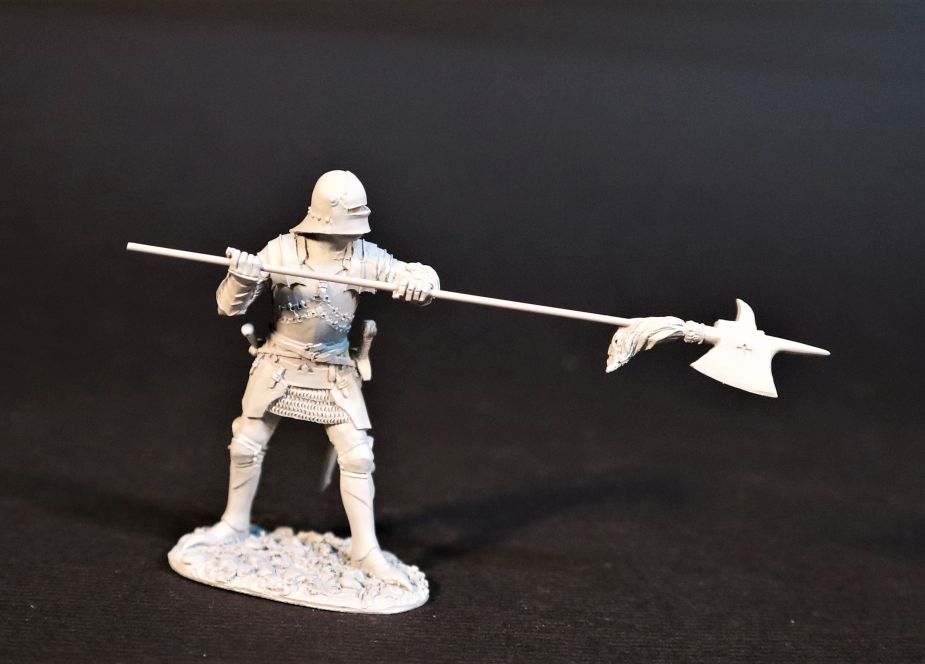
The Knights were to lose a third of their number, and Malta lost a third of its inhabitants. Birgu and Senglea were essentially leveled. Still, 9,000 defenders had managed to withstand a siege of more than four months in the hot summer, despite enduring a bombardment of some 130,000 cannonballs.
The first of the Knights of the Order of St. John will be available in September.
